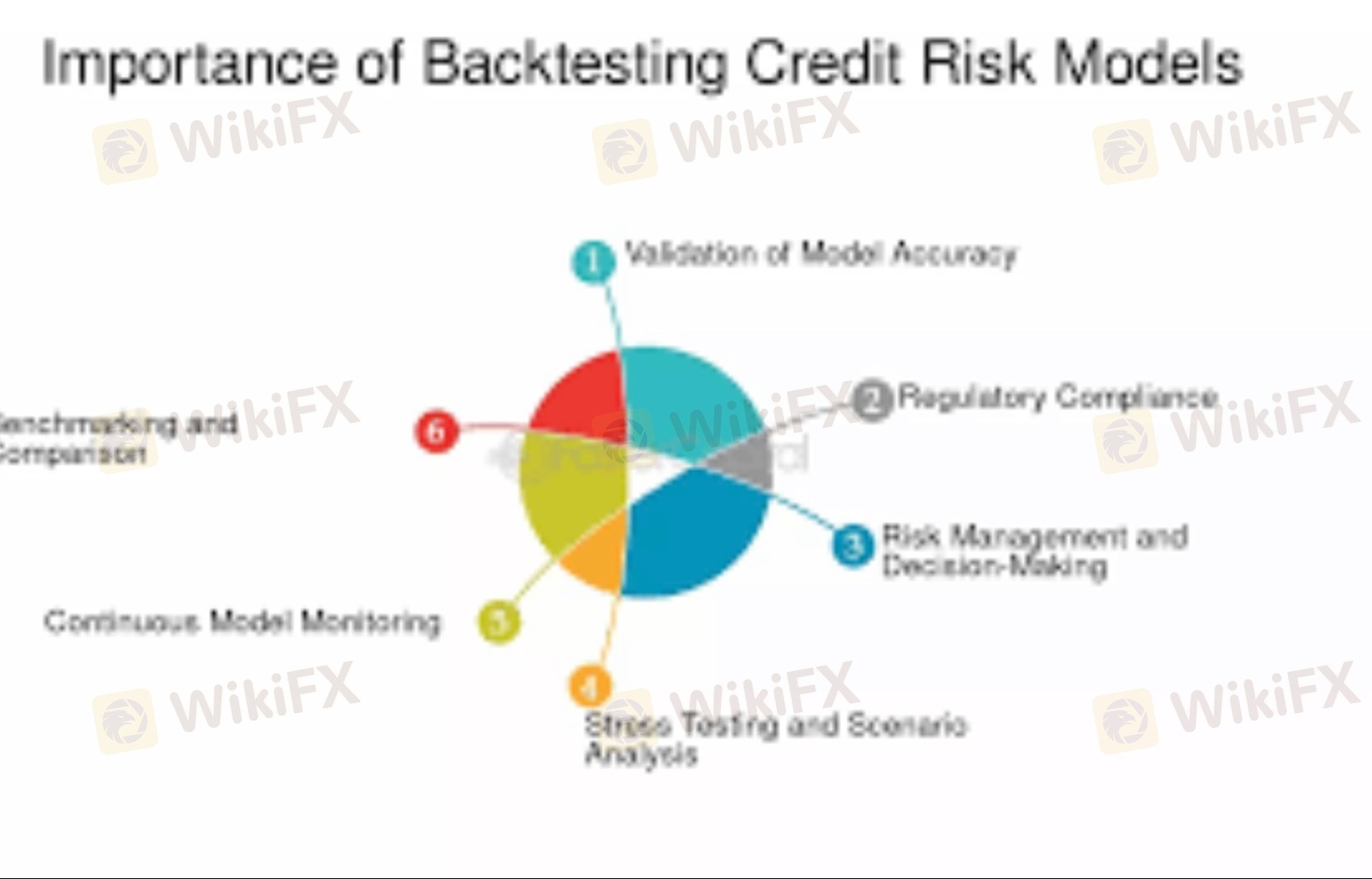
2025-02-17 21:38
A l'instar de l'industrieHow to backtest your strategy for risk assessment
#forexrisktrip
Backtesting a strategy for risk assessment involves testing a trading or investment strategy using historical data to evaluate its performance and potential risks. Here’s a step-by-step guide:
1. Define Your Strategy: Clearly outline the rules of your strategy, including entry and exit signals, position sizing, and risk management rules.
2. Collect Historical Data: Gather relevant historical price data, including open, high, low, close, and volume. Ensure the data is accurate and covers different market conditions.
3. Choose a Backtesting Tool: Select a platform or software for backtesting, such as Python (with libraries like Backtrader or PyAlgoTrade), MetaTrader, or trading platforms like TradingView.
4. Implement the Strategy: Code your strategy into the backtesting platform. Make sure the implementation exactly follows the rules you defined.
5. Run the Backtest: Simulate the strategy using historical data, recording each trade, position size, and profit/loss.
6. Analyze Performance Metrics: Evaluate key performance indicators (KPIs) such as:
• Return on Investment (ROI)
• Sharpe Ratio (risk-adjusted return)
• Maximum Drawdown (largest peak-to-trough decline)
• Win Rate (percentage of winning trades)
• Average Win/Loss Ratio
7. Risk Assessment: Focus on metrics related to risk:
• Volatility: Measure the standard deviation of returns.
• Drawdowns: Assess frequency and severity.
• Value at Risk (VaR): Estimate potential loss under adverse conditions.
8. Validate Results: Ensure the results are statistically significant and not due to overfitting. Consider running out-of-sample tests or walk-forward analysis.
9. Optimize and Refine: Adjust strategy parameters to improve performance while avoiding overfitting. Re-test after making changes.
10. Stress Testing: Test the strategy under extreme market scenarios to see how it performs in high volatility or low liquidity conditions.
Would you like guidance on using a specific platform or coding a backtest in Python?
J'aime 0
saad940
Trader
Discussions recherchées
A l'instar de l'industrie
WikiFX recrute: Un(e) spécialiste e-marketing Forex à temps partiel
A l'instar de l'industrie
Tirages au sort WikiFX - Tentez votre chance pour gagner un crédit d’appel !
A l'instar de l'industrie
WikiFX recrute un(e) spécialiste marketing
A l'instar de l'industrie
Chemin à la fortune : Indications de l'activité Airdrop WikiBit
Analyse de marché
construction
A l'instar de l'industrie
Route à la Fortune : Indications de l'activité Airdrop Spécial WikiBit
Catégorisation des marchés

Plateformes

Signalement

Agents

Recrutement

EA

A l'instar de l'industrie

Marché

Indicateur
How to backtest your strategy for risk assessment
 Inde | 2025-02-17 21:38
Inde | 2025-02-17 21:38
#forexrisktrip
Backtesting a strategy for risk assessment involves testing a trading or investment strategy using historical data to evaluate its performance and potential risks. Here’s a step-by-step guide:
1. Define Your Strategy: Clearly outline the rules of your strategy, including entry and exit signals, position sizing, and risk management rules.
2. Collect Historical Data: Gather relevant historical price data, including open, high, low, close, and volume. Ensure the data is accurate and covers different market conditions.
3. Choose a Backtesting Tool: Select a platform or software for backtesting, such as Python (with libraries like Backtrader or PyAlgoTrade), MetaTrader, or trading platforms like TradingView.
4. Implement the Strategy: Code your strategy into the backtesting platform. Make sure the implementation exactly follows the rules you defined.
5. Run the Backtest: Simulate the strategy using historical data, recording each trade, position size, and profit/loss.
6. Analyze Performance Metrics: Evaluate key performance indicators (KPIs) such as:
• Return on Investment (ROI)
• Sharpe Ratio (risk-adjusted return)
• Maximum Drawdown (largest peak-to-trough decline)
• Win Rate (percentage of winning trades)
• Average Win/Loss Ratio
7. Risk Assessment: Focus on metrics related to risk:
• Volatility: Measure the standard deviation of returns.
• Drawdowns: Assess frequency and severity.
• Value at Risk (VaR): Estimate potential loss under adverse conditions.
8. Validate Results: Ensure the results are statistically significant and not due to overfitting. Consider running out-of-sample tests or walk-forward analysis.
9. Optimize and Refine: Adjust strategy parameters to improve performance while avoiding overfitting. Re-test after making changes.
10. Stress Testing: Test the strategy under extreme market scenarios to see how it performs in high volatility or low liquidity conditions.
Would you like guidance on using a specific platform or coding a backtest in Python?
J'aime 0
Je veux faire un commentaire aussi.
Poser une question
0commentaires

Aucun commentaire pour l'instant. Soyez le premier de faire un commentaire !

Poser une question
Aucun commentaire pour l'instant. Soyez le premier de faire un commentaire !